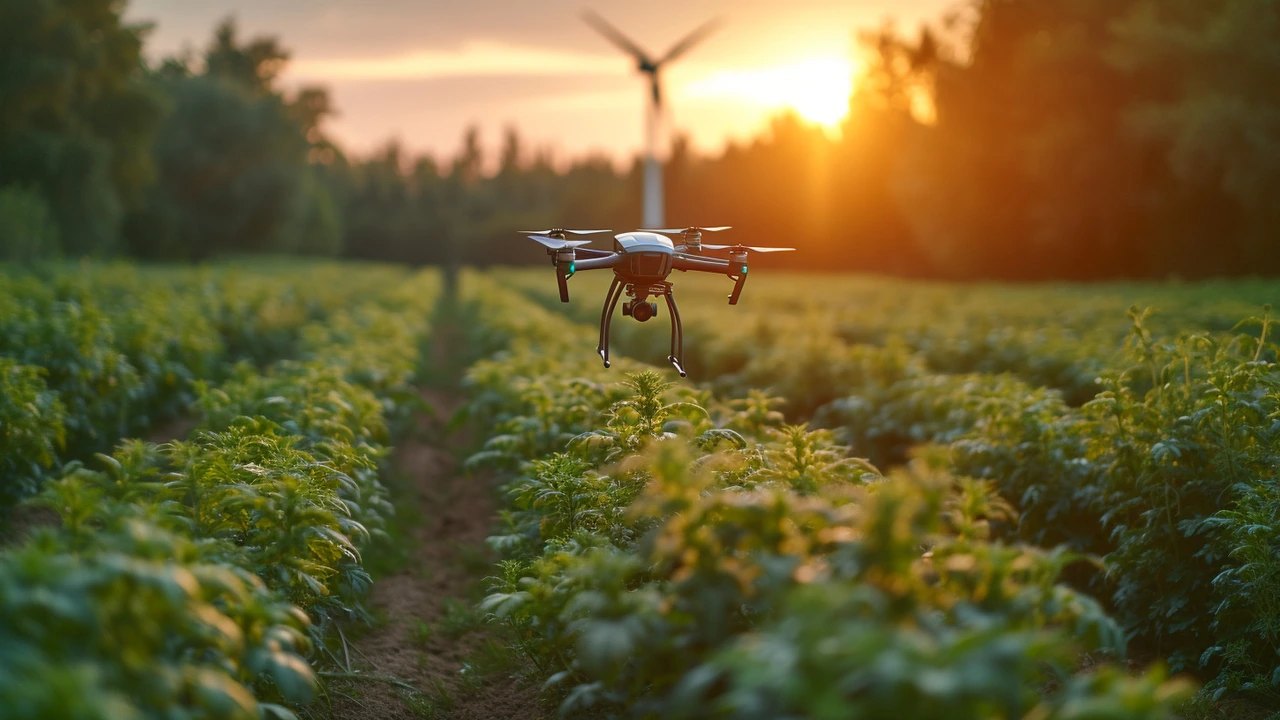Smart Knitting Future: How Tech Is Changing Yarn Craft
Ever wonder why a scarf could tell you your heart rate or a sweater could adjust its warmth automatically? That’s the promise of smart knitting, and it’s already happening. By embedding tiny sensors, conductive threads, and even tiny processors into fabric, makers are turning ordinary yarn into interactive devices.
First, let’s break down the basics. A smart knit piece needs three things: a conductive pathway, a sensor or actuator, and a power source. Conductive pathways are usually made from silver‑coated fibers or carbon‑infused yarn. Sensors can measure temperature, motion, or even humidity. The power source often comes from flexible batteries or energy‑harvesting fibers that generate electricity from movement.
Tech Meets Yarn: The Basics
Most hobbyists start with a simple conductive thread. You can stitch a loop around a heart‑rate monitor and connect it to a small Bluetooth module. When the loop tightens, the monitor sends data to your phone. The whole setup feels like a regular knit project, but the result is a piece that talks to you.
For bigger projects, designers use programmable knitting machines. These machines can change stitch patterns on the fly based on data from a connected app. Imagine a blanket that darkens in hot weather and lightens when it cools down. The code behind it is similar to a basic AI loop: read sensor, decide pattern, adjust needle.
One common mistake is over‑complicating the circuit. Keep the layout simple, test each sensor before you embed it, and make sure the fabric stays flexible. If a wire breaks, the whole project can stop working. A quick test: stretch a piece of conductive yarn and watch the resistance change on a multimeter. If it spikes, you’ve got a weak spot.
What’s Coming Next in Smart Knitting
Future designs will rely more on AI‑driven pattern generation. Instead of pre‑programming every stitch, a machine learning model could predict the best pattern for a given temperature range. Developers are already training models on climate data to suggest optimal yarn density.
Another trend is biodegradable electronics. Researchers are making tiny sensors that dissolve after a year, so a smart shirt won’t become electronic waste. This aligns with the growing eco‑conscious knit community.
On the user side, expect more plug‑and‑play kits. Companies are bundling conductive yarn, a tiny battery, and a free app that guides you step‑by‑step. No need to solder or code – just follow the instructions and you’ll have a smart wristband in an afternoon.
If you’re a developer, look at open‑source projects on GitHub. Some repos provide ready‑made firmware for Bluetooth modules that work with Arduino‑compatible yarn boards. Fork the code, tweak the thresholds, and you have a custom sensor solution.
For designers, the key is balance. A beautiful pattern combined with a subtle tech feature sells better than a gadget‑heavy piece that looks like a circuit board. Think of tech as a hidden layer that enhances comfort, not a gimmick.
Finally, community matters. Join forums where knitters share their sensor placements, power‑saving tricks, and troubleshooting tips. Real‑world feedback helps you avoid costly mistakes and sparks new ideas.
Smart knitting is still early, but the tools are getting easier, the materials cheaper, and the ideas bigger. Whether you’re a hobbyist looking for a cool project or a designer aiming for the next wearable tech breakthrough, this is the moment to experiment. Grab some conductive yarn, sketch a simple circuit, and see how your next sweater can become a little piece of the future.

Integrating AI into Knitting: Revolutionizing Handicrafts with Smart Technology
Hey everyone, I've been thinking a lot about how artificial intelligence is reshaping every aspect of our lives, and guess what? It's even transforming the way we knit and crochet! Isn't that something? Imagine having a smart assistant that helps you choose patterns, corrects your mistakes in real-time, or even knits that complicated sweater for you. The possibilities are truly fascinating, and it's something I feel we all should be excited about. Whether we're hobbyists or professional artisans, AI is becoming our new best friend in the crafting world, and I can't wait to see where this journey takes us.